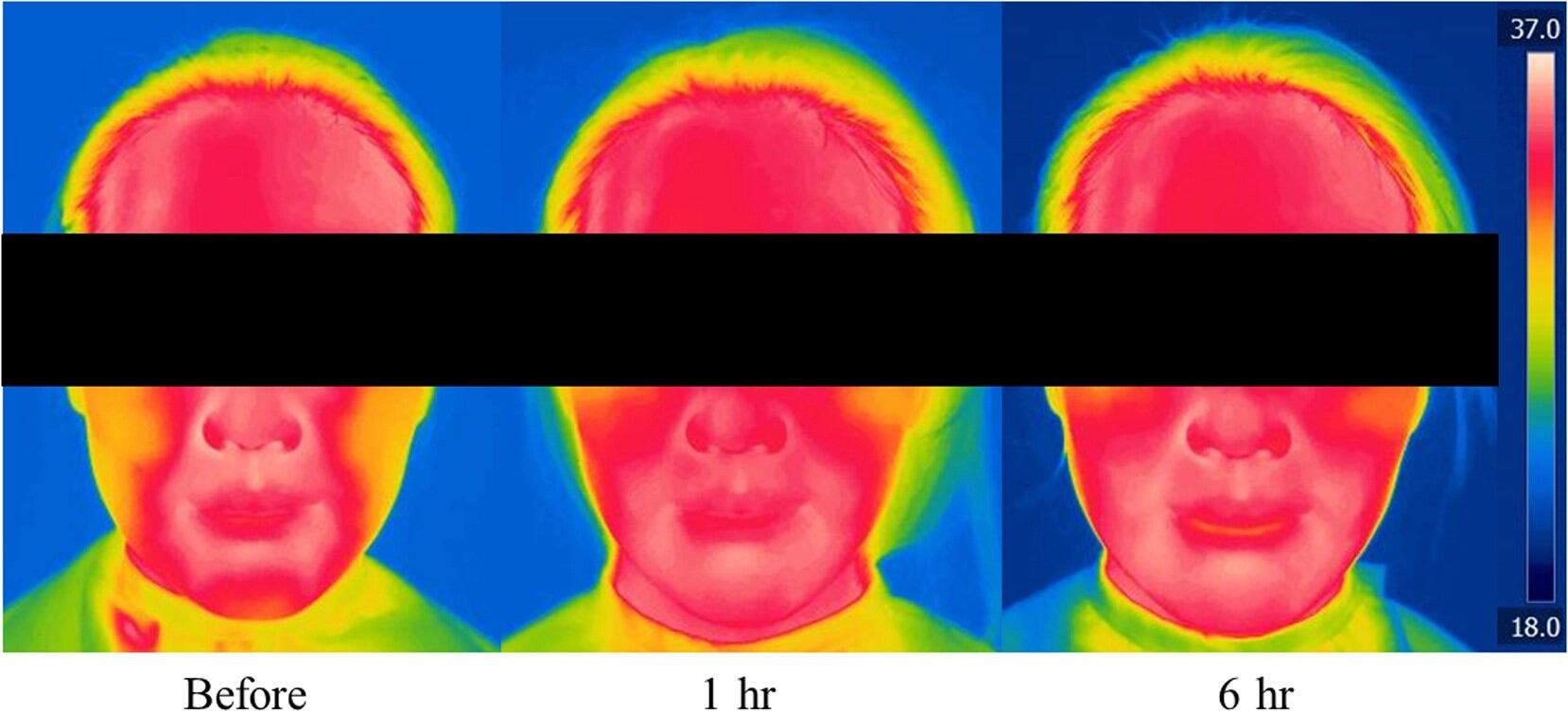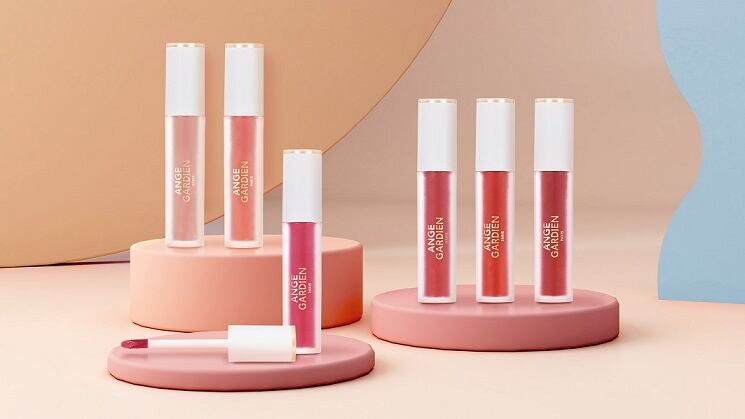The Amorepacifc Research Institute of Technology discovered that wearing a mask for between one and six hours can bring significant change to skin temperature, redness, hydration, and sebum secretion.
“In this study, we attempted to verify the dermatologic effects of wearing a mask and skin changes over time. We revealed that skin temperature, redness, and hydration showed dermatologic changes after mask‐wearing,” said the research team.
While the adverse effects of prolonged PPE use by healthcare workers have been studied extensively, The South Korean firm claimed that this is the first study to be conducted among non‐healthcare workers.
The researchers conducted the experiment with 21 men and women in their 20s, 30s, and 40s with no skin conditions such as atopic dermatitis or face mask allergies.
All participants wore masks for 6 hours consecutively while working indoors and three measurements were taken: before wearing the mask, after wearing the mask for 1 hour, and after wearing the mask for 6 hours.
The mask used for the experiment was a Korea Filter 94 (KF94) mask.
Skin temperature, skin redness, sebum secretion, skin hydration, trans‐epidermal water loss, and skin elasticity were measured.
Dermal shifts
To measure skin temperature and redness, the team used a thermal imaging camera to determine any changes.
It was observed that the skin’s temperature on the cheeks, perioral area, and chin was higher an hour after wearing the mask compared with before wearing the mask one and six hours on.
The perioral area – the skin surrounding the mouth including both lips and the upper lip area under the nose – and the chin was observed to have skin temperature after wearing the mask.
These results are thought to be due to the increased exposure to one's own warm breath, the simultaneously increasing internal temperature and the ‘sealing effect’ of the masks.
However, the team found that the temperature did not increase proportionally to longer mask‐wearing time. There was no significant difference in skin temperature between one and six hours after mask‐wearing.
The redness was more pronounced on the cheeks one and six hours after mask-wearing. Additionally, the skin redness of the forehead also increased after an hour.
The increase in skin redness of the cheeks was significantly higher than that of the forehead at both time points.
The perioral area recorded lower levels of hydration after one and six hours compared with before mask‐wearing.
Researchers also recorded a significant difference between the areas of the face covered by the mask and the areas that were not covered by the mask.
Sebum secretion of the forehead, cheeks, chin, and perioral area was higher at both time points of mask‐wearing compared to before. The team noted that such an environment might have an overall effect on the face.
“However, for a more accurate interpretation, it is necessary to compare our results to skin measurements devoid of a mask to assess natural sebum secretion during the daytime, which may show variable results.”
Trans-epidermal water loss (TEWL) was measured on the forehead, cheeks, perioral area, and chin using a vapometer.
To evaluate the recovery of the skin barrier, the team inflicted skin damage on the forehead and cheeks by tape‐stripping (TS).
For both factors, researchers could not determine any significant differences.
The tests showed that the perioral area was most affected by wearing a protective mask as it is closest to the mouth and most influenced by the direct effect of breathing.
The team concluded that mask wearers would need to pay closer attention to their skin when wearing protective masks, especially as skin changes can occur after a relatively short period of time.
“Wearing a mask during the COVID‐19 pandemic is essential, but at the same time preparing for expected skin changes is also important for skin health. In this respect, our findings suggest the skin covered with the face mask need to be treated extra carefully due to certain changes in skin characteristics.”
Source: Skin Research and Technology
Effect of face mask on skin characteristics changes during the COVID‐19 pandemic
Authors: Sae-ra Park et al.
https://doi.org/10.1111/srt.12983





